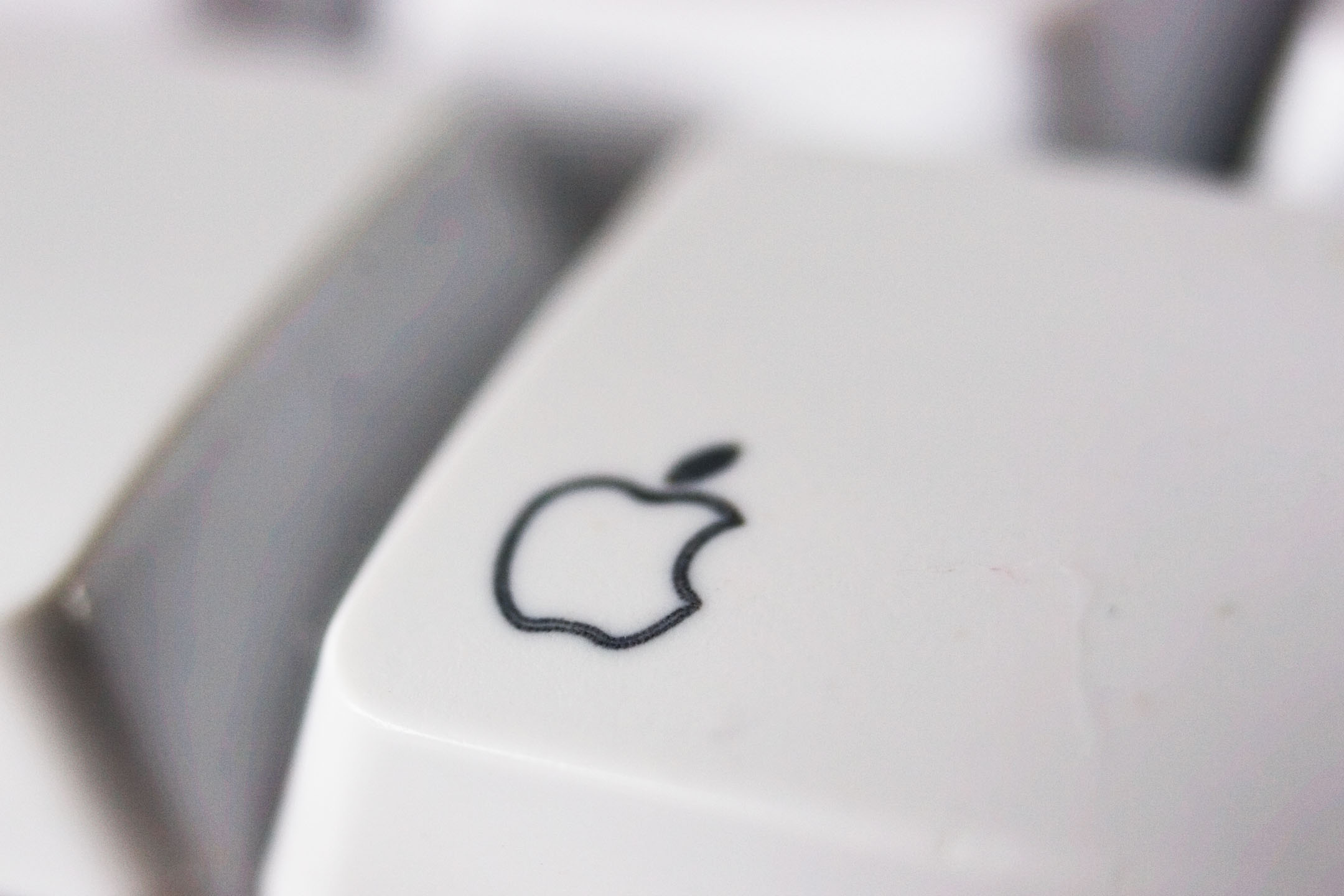I just finished reading book iCon Steve Jobs: The Greatest Second Act in the History of Business, which I bought at my local Borders Book store. I just about never buy hardcover books, but this one piqued my interest. After all, Steve Jobs banned all the publisher’s books from Apple retail stores.
I understand why the strong reaction from Apple’s founder. One undercurrent focuses on Steve Jobs’ charisma and claims of his taking claim for others’ work. The theme adds second meaning to the title, as in “I con”.
While publisher Wiley catalogs the book as biography, Borders placed it in the business section. Borders is right. The book is no biography, and I don’t refer to accuracy. The authors’ take the worst kind of approach, one of narrative but as if they know the subject’s mind:
- From page 184: “Steve Jobs liked people who had the guts to stand up to him”.
- From page 191: “For Steve, the important part was that Disney would put up the full cost of production”.
- From page 205: “Steve Jobs didn’t want to believe Toy Story was dead”.
- From page 206: “Steve was figuring out that executive blowups in Hollywood shouldn’t be taken to heart”.
Are these writers mind readers? How do they know what Steve Jobs thought in all these situations—and plenty of others? From page 93: “If the board wouldn’t let Steve run the company, the next best choice from his perspective would be someone he felt comfortable with, whom he might be able to control”. How do the authors know what Apple’s founder thought, what was his perspective? The whole book is like this, what I call assigning motivation.
Getting inside someone’s head in narrative is fine for fiction, but not non-fiction, particularly biography. I could have accepted a bibliography of references that supported the narrative and the assumptions made by the authors. And they are assumptions, about what the book’s main subject thought and felt, the very motivations for decisions made and actions taken.
On second thought, maybe Borders should have put the book in the fiction section.
Photo Credit: David Shiyang Liu
